In an increasingly digitized and visually saturated world, there’s a profound, almost primal yearning for authenticity and sensory richness. This fundamental human desire has propelled tactile textures to the forefront of trending aesthetics, redefining how we perceive and interact with our environments, products, and even digital interfaces. Far beyond mere visual appeal, texture engages our sense of touch, adding depth, warmth, and a visceral quality that cannot be replicated by smooth, uniform surfaces. This comprehensive article delves into the burgeoning popularity of tactile textures, exploring their historical significance, the psychological impact they wield, and their diverse manifestations across various design disciplines. We’ll uncover how designers are thoughtfully weaving tangible elements into modern aesthetics, crafting spaces and objects that don’t just look good but genuinely feel good, fostering deeper connection and engagement in our daily lives.
A Historical Look at Texture’s Role
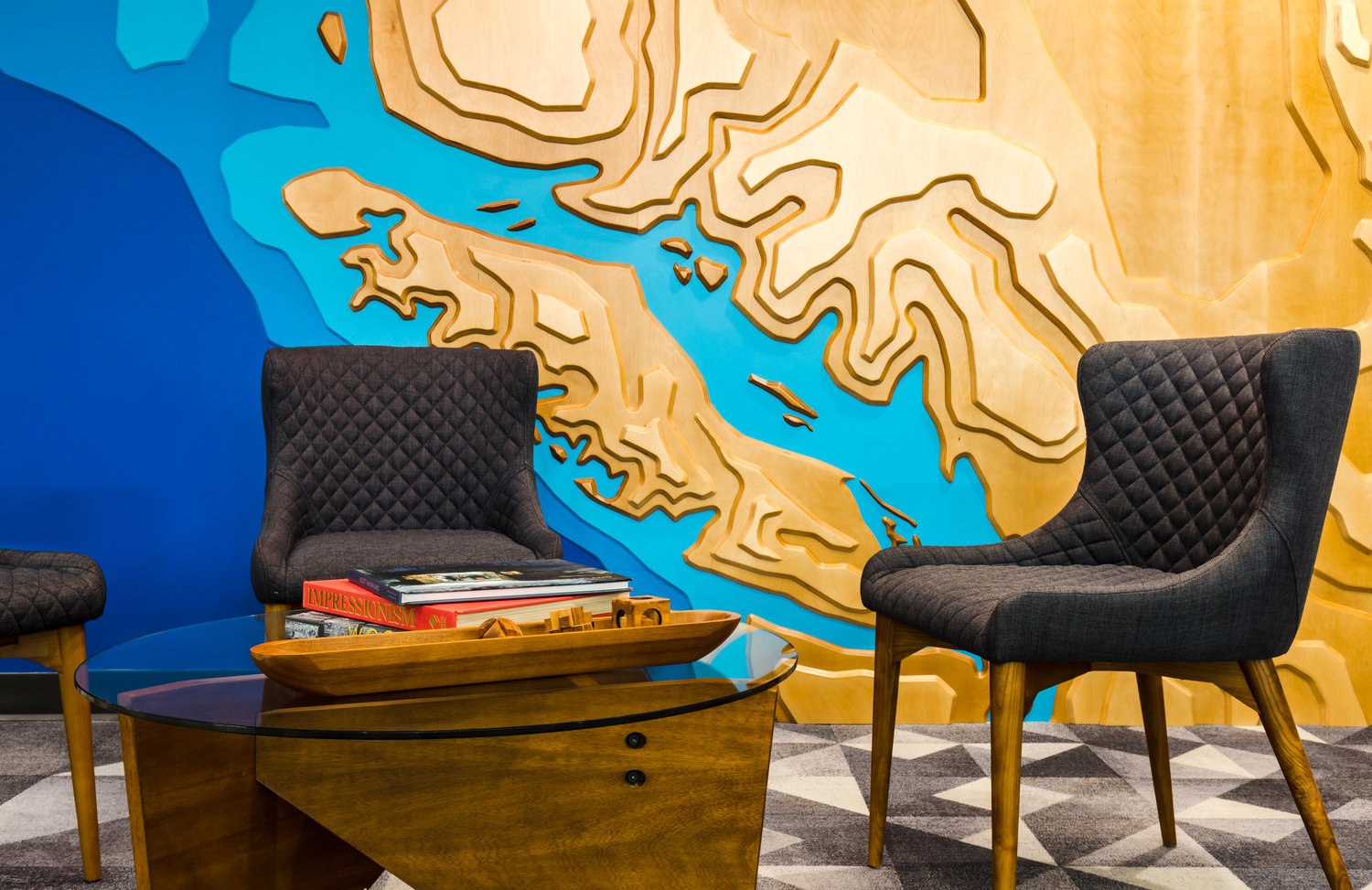
Our appreciation for texture is deeply ingrained, predating complex visual communication. Throughout history, texture has played a fundamental role in art, craft, and human experience.
A. Early Human Settlements and Natural Materials: From the rough hewn stone of ancient shelters to the woven reeds of early baskets and the tactile quality of animal hides, early human environments were inherently textural. The hand of the maker was evident in every surface.
B. Artisanal Craftsmanship Across Cultures: Cultures worldwide have celebrated texture through intricate weaving (e.g., tapestries, batik), elaborate carvings (e.g., wood, stone), pottery with unique glazes and finishes, and hand-beaten metals. The tactile quality was integral to the beauty and value of these objects.
C. Baroque and Rococo Opulence (17th-18th Centuries): These periods reveled in rich, multi-layered textures – plush velvets, shimmering silks, intricate brocades, and highly ornate carvings in wood and plaster. Texture contributed significantly to the sense of grandeur and sensory indulgence.
D. Arts and Crafts Movement (Late 19th/Early 20th Century): As a reaction against impersonal industrialization, this movement championed handmade goods, natural materials, and honest expression of material. The raw, tactile qualities of wood, hammered copper, and hand-woven textiles were highly prized.
E. Mid-Century Modern and Scandinavian Simplicity: While often associated with clean lines, Mid-Century Modern design still celebrated the inherent textures of natural wood (teak, walnut), wool upholstery, and exposed concrete, allowing the material’s tactile qualities to speak for themselves.
F. Brutalism’s Raw Honesty (Mid-20th Century): Brutalist architecture, characterized by its use of raw concrete (“béton brut”), deliberately highlighted the unadorned, coarse texture of the material, creating a powerful, tactile presence.
This historical lineage demonstrates a consistent human appreciation for texture, evolving from pure functionality to a sophisticated aesthetic and sensory device, now resurfacing with renewed intensity.
Why Tactile Textures Resonate Now
The current surge in tactile textures is not merely a stylistic whim; it’s deeply rooted in psychological and neuroscientific principles, offering numerous benefits in our increasingly digital lives.
I. Grounding and Sensory Engagement
A. Counteracting Digital Flatness: In an age dominated by smooth screens and polished digital interfaces, tactile textures offer a welcome contrast. They provide a grounding, tangible experience that reconnects us with the physical world and our sense of touch, which can be understimulated in digital environments.
B. Increased Engagement: When multiple senses are engaged, the experience becomes richer and more memorable. Touching a textured surface adds a layer of interaction that passive visual observation cannot provide, leading to deeper cognitive and emotional engagement.
C. Fostering Presence: Focusing on the tactile quality of an object or surface encourages mindfulness and brings us into the present moment, reducing the mental clutter often associated with modern life.
D. Biophilic Connection (Subtle): Many appealing textures are derived from nature (wood grain, stone, woven fibers), offering a subtle biophilic connection that contributes to a sense of well-being and calm, even without overt natural elements.
Tactile engagement grounds us, enhances our connection to our surroundings, and makes experiences more vivid.
II. Emotional Comfort and Warmth
A. Inviting and Approachable: Textured surfaces often feel more inviting and approachable than perfectly smooth or glossy ones. Think of the warmth of a woven rug versus a cold, polished floor.
B. Sense of Security and Coziness: Soft, textured materials like wool, bouclé, or plush fabrics evoke feelings of comfort, security, and coziness, creating nurturing environments.
C. Authenticity and Craftsmanship: The visible texture in materials like unfinished wood, hand-thrown pottery, or natural stone suggests authenticity, craftsmanship, and a connection to human endeavor, appealing to a desire for genuine, unpolished beauty.
D. Reduced Stress and Anxiety: Engaging with pleasing textures can have a calming effect, contributing to stress reduction and a more relaxed state of mind.
Tactile textures contribute to an emotional landscape of comfort, safety, and genuine connection, highly desirable in today’s fast-paced world.
III. Visual Depth and Interest
A. Layering and Richness: Combining different textures adds incredible depth and visual richness to a space or product, preventing flatness and creating a more sophisticated aesthetic.
B. Defining Zones and Functions: Distinct textures can subtly delineate different zones within a space or highlight specific elements, guiding the eye and adding visual hierarchy.
C. Playing with Light and Shadow: Textures beautifully interact with light, creating interesting patterns of light and shadow that add dynamism and visual intrigue throughout the day.
D. Softening Hard Lines: Rough or soft textures can soften the harshness of minimalist lines or hard materials, creating a more balanced and inviting aesthetic.
Beyond touch, textures offer a powerful visual language, adding complexity and beauty to design compositions.
A Multi-Disciplinary Design Revolution
The trend for tactile textures is far-reaching, transforming how designers approach spaces, products, branding, and even digital interfaces.
I. Interior Design
In interior design, texture is becoming as important as color or form, creating layered, inviting, and sensory-rich spaces.
A. Natural and Raw Materials: A strong emphasis on exposed concrete, reclaimed wood, natural stone (travertine, unpolished marble), limewash paints, and plaster finishes that reveal their inherent texture.
B. Rich Textiles and Fabrics: A return to plush velvets, bouclé fabrics, chunky knits (wool, mohair), linen, raw cotton, and woven raffia for upholstery, cushions, rugs, and curtains, adding warmth and softness.
C. Textured Wall Coverings: Wallpaper with embossed patterns, grasscloth, cork, or even textile-based wall coverings that invite touch and add visual depth. Fluted or reeded panels are also popular.
D. Rough and Smooth Contrast: Designers skillfully juxtapose rough, matte textures (e.g., unfinished wood, natural stone) with smooth, polished surfaces (e.g., polished metal, sleek glass) to create dynamic visual and tactile tension.
E. Artisanal and Handmade Elements: Incorporating hand-thrown pottery, woven baskets, ceramic tiles with irregularities, and handcrafted furniture that showcase visible texture and human touch.
F. 3D Wall Panels and Fluted Details: Walls featuring three-dimensional panels, fluted wood, or ribbed plaster create architectural texture, casting interesting shadows and adding a sculptural element.
Tactile interiors are about creating an enveloping, comforting, and visually captivating experience through the interplay of diverse surfaces.
II. Product Design
Product designers are focusing on creating objects that are not just functional and beautiful to look at, but also delightful to touch.
A. Matte and Soft-Touch Finishes: A shift away from glossy plastics towards matte, soft-touch coatings on electronics, appliances, and everyday objects, providing a pleasant tactile experience and reducing fingerprints.
B. Textured Grips and Handles: Designing tools, kitchen utensils, and handles with textured surfaces (e.g., knurling, rubberized grips, patterned metal) for improved ergonomics, security, and a satisfying feel.
C. Natural Material Integration: Products incorporating wood, stone, cork, or woven elements (e.g., speaker grilles, furniture details) to add warmth and a natural tactile quality.
D. Embossed Patterns and Debossing: Creating subtle raised or indented patterns on packaging, consumer electronics, or accessories for a sophisticated tactile signature.
E. Fabric Integration in Tech: Speakers, smart home devices, and even some laptops are incorporating fabric coverings, adding a soft, domestic, and tactile feel to technology.
F. Tactile Buttons and Dials: A preference for satisfyingly “clicky” buttons or textured dials on control interfaces, providing clear physical feedback over purely flat touchscreens.
Tactile products enhance user experience by appealing directly to the sense of touch, making interactions more intuitive and enjoyable.
III. Graphic Design and Packaging
Even in seemingly flat mediums, graphic designers are simulating or creating actual tactile experiences.
A. Simulated Textures in Digital Design: Using high-resolution photographic textures (paper, fabric, concrete) or digital brushes that mimic realistic strokes to add depth and tangibility to web, app, and print designs.
B. Embossing, Debossing, and Letterpress: In print design, these techniques create raised or indented patterns and text, providing a luxurious and distinctive tactile experience on business cards, invitations, and packaging.
C. Foil Stamping and Spot UV: Adding metallic or glossy raised finishes to specific areas of a print design, creating a contrast in texture that catches light and invites touch.
D. Uncoated and Textured Papers: A preference for papers with a natural, rough, or toothy feel (e.g., recycled paper, cotton paper) that convey authenticity and quality.
E. Textured Packaging Materials: Using packaging materials like corrugated cardboard (exposed), recycled pulp, or fabrics that inherently possess a strong tactile quality, communicating eco-consciousness or craftsmanship.
F. Visual Representations of Texture: Using close-up photography of textures, or graphic patterns that abstract tactile qualities, to convey a sense of depth and richness even on a flat screen.
Tactile elements in graphic design elevate communication, adding a layer of sensory richness that enhances perception of quality and brand value.
IV. Fashion and Apparel
The fashion industry thrives on texture, constantly exploring new fabrics and finishes to create compelling garments.
A. Layering Textures: Designers create visual and tactile interest by combining diverse textures in a single outfit (e.g., a chunky knit sweater over a silk slip dress, or a leather jacket with wool trousers).
B. Tactile Fabrics: A focus on fabrics with inherent texture like corduroy, bouclé, tweed, raw denim, shearling, velvet, and various forms of knitwear (ribbed, cable knit), providing warmth and a comforting hand-feel.
C. Embellishments and Surface Decoration: Incorporating embroidery, quilting, fringe, ruffles, pleating, and appliqué to create three-dimensional, tactile surfaces on garments.
D. Natural Fibers Emphasis: A return to natural fibers (linen, cotton, wool, silk) celebrated for their authentic textures and breathable qualities.
E. Sustainable Textile Innovation: Developing new textiles from unexpected sources (e.g., mushroom leather, pineapple fibers, recycled plastic fabrics) that offer novel and compelling tactile qualities.
F. Distressed and Aged Finishes: Garments with intentional wear, rips, fades, or crinkles that add a sense of history, authenticity, and a lived-in texture.
Tactile textures in fashion offer a rich sensory experience, adding depth, comfort, and unique personality to clothing.
The Future of Innovations Driving Tactile Trends

Technological advancements and a deeper understanding of human-computer interaction are leading to exciting innovations in tactile design.
A. Haptic Feedback Technology: Advanced haptics in smartphones, gaming controllers, and wearables can simulate a wide range of textures and sensations (e.g., the feel of rain, a rough surface, a button click) through vibrations and force feedback, making digital interactions feel more real.
B. Programmable Materials: Researchers are developing “smart” materials that can change their surface texture or physical properties on demand, potentially leading to dynamic, reconfigurable tactile interfaces or living environments.
C. 3D Printing for Texture: Advanced 3D printing techniques can create objects with incredibly intricate and precise textures, from fine topographical maps to realistic fabric weaves, enabling highly customized tactile experiences.
D. AI-Driven Material Design: AI can assist in the discovery and creation of new materials with specific desired tactile properties, or optimize the application of existing textures for emotional impact.
E. Immersive VR/AR with Haptic Gloves/Suits: While still nascent, specialized haptic gloves and full-body suits allow users to “feel” virtual textures and objects in VR/AR environments, blurring the line between digital and tactile.
F. Bio-Integrated Textures: Integrating living organisms (e.g., moss, specific fungi) directly into architectural surfaces or products to create natural, evolving, and highly tactile environments.
G. Personalized Tactile Experiences: As design becomes more personalized, users might be able to customize the tactile properties of their devices, furniture, or environments to suit their individual sensory preferences.
These innovations promise a future where tactile experiences are not just a design choice but an integral, dynamic, and highly personalized part of our interaction with the world around us.
Challenges and The Enduring Appeal
While the embrace of tactile textures is booming, some challenges remain.
A. Durability and Maintenance: Textured surfaces can sometimes be more challenging to clean or maintain than smooth ones, requiring careful material selection and design.
B. Cost of Artisanal Materials: Genuine handmade or natural textured materials can be more expensive, influencing accessibility and widespread adoption.
C. Scalability for Mass Production: Replicating complex, authentic textures consistently and affordably in mass production can be a technical challenge.
D. Haptic Technology Limitations: Current haptic feedback technology is still limited in its ability to truly replicate the full range of real-world textures.
E. Sensory Overload: While generally positive, an overwhelming combination of too many disparate textures in a small space can sometimes lead to visual and sensory clutter.
Despite these challenges, the appeal of tactile textures is likely to endure, rooted in fundamental human psychology.
F. Rebellion Against Digital Monotony: As our lives become increasingly digital, the craving for tangible, real-world sensory experiences will only intensify.
G. Wellness and Grounding: The calming and stress-reducing properties of engaging with natural, comforting textures will continue to be sought after in homes and workplaces.
H. Emphasis on Authenticity and Craft: A growing appreciation for handmade, unique, and genuinely crafted items will drive demand for designs that showcase their inherent material texture.
I. Sustainability Through Material Honesty: The trend towards raw, untreated materials that celebrate their natural texture often aligns with sustainable design practices.
J. The Layered Aesthetic: The desire for interiors and products that feel rich, layered, and personal, rather than sterile or mass-produced, will keep texture at the forefront of design.
Conclusion
The current boom in tactile textures is not just a passing trend; it’s a testament to our innate human need to connect with the physical world through touch. By embracing the sensory richness of materials, designers are crafting spaces and objects that don’t just appeal to the eye, but deeply engage our senses, creating environments that are more comforting, more engaging, and ultimately, more human.

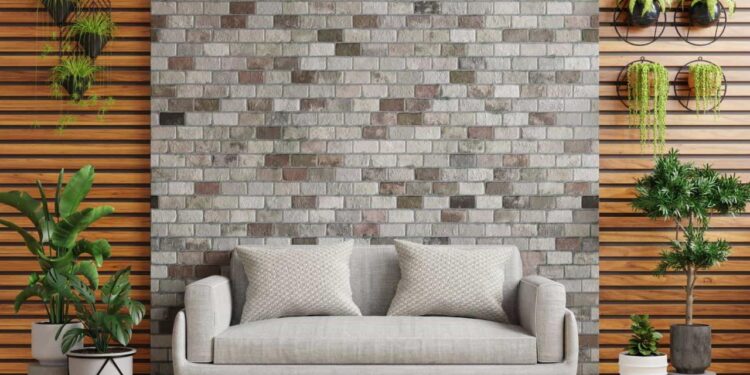
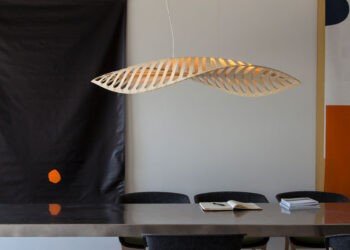


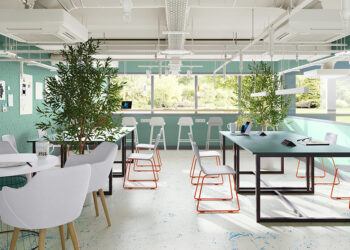



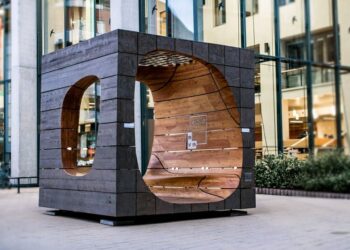

Discussion about this post